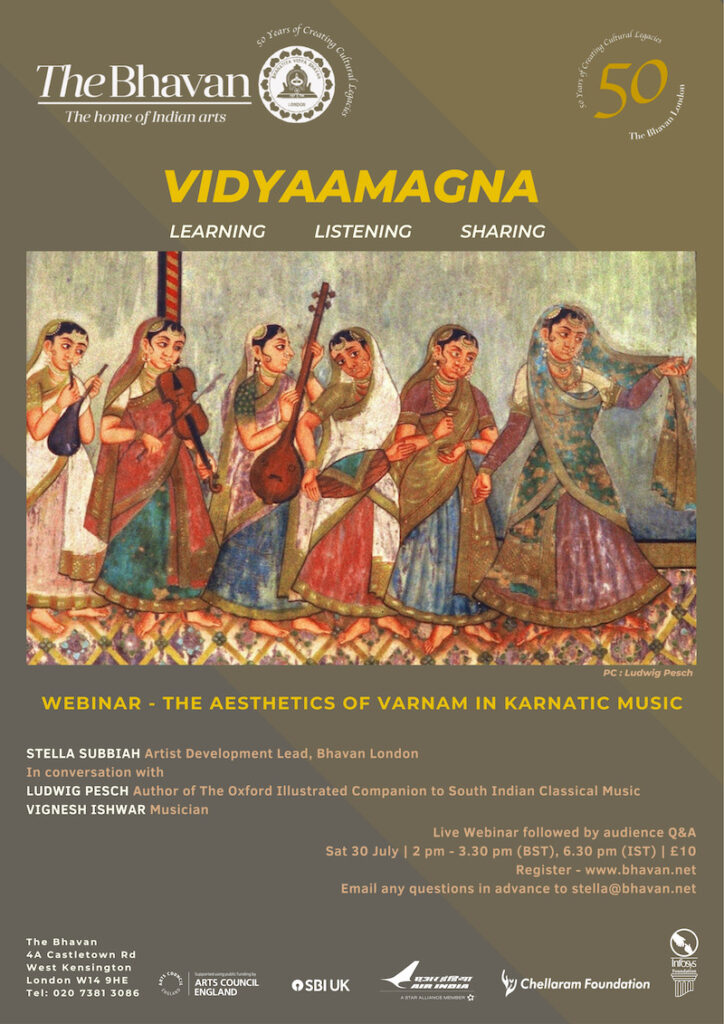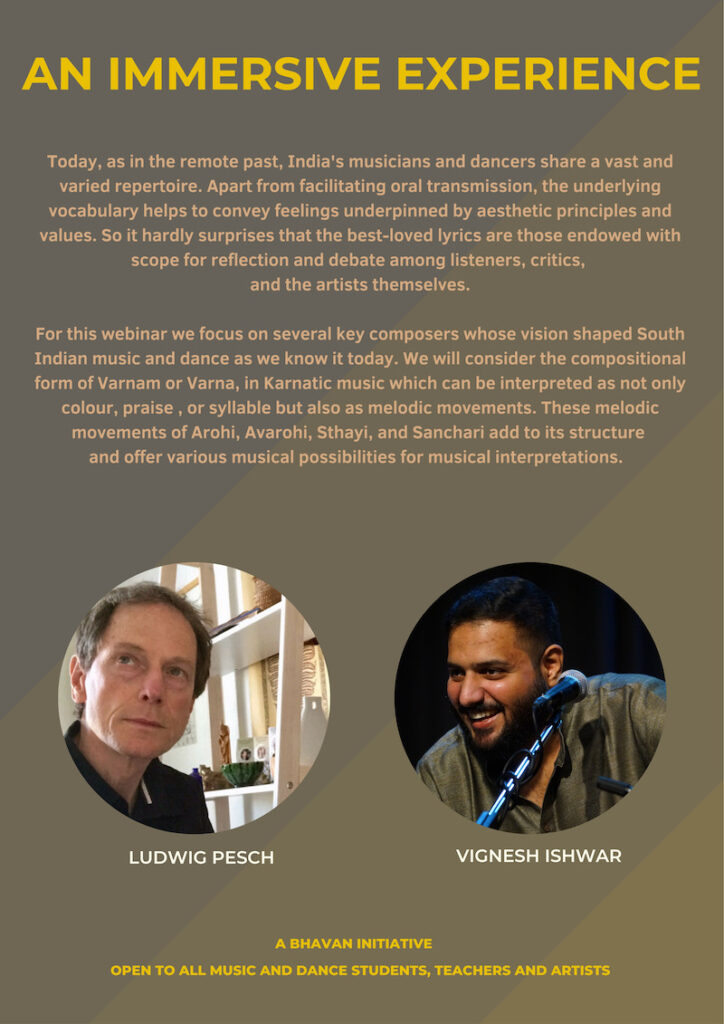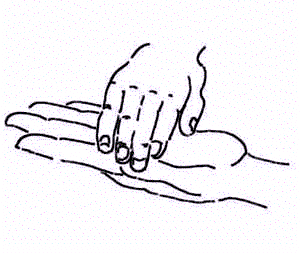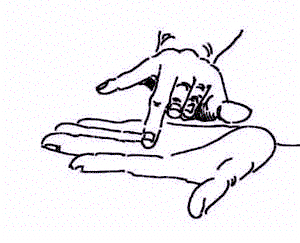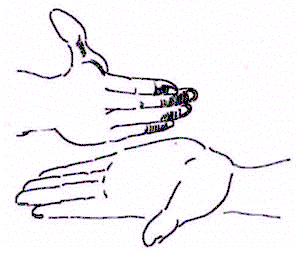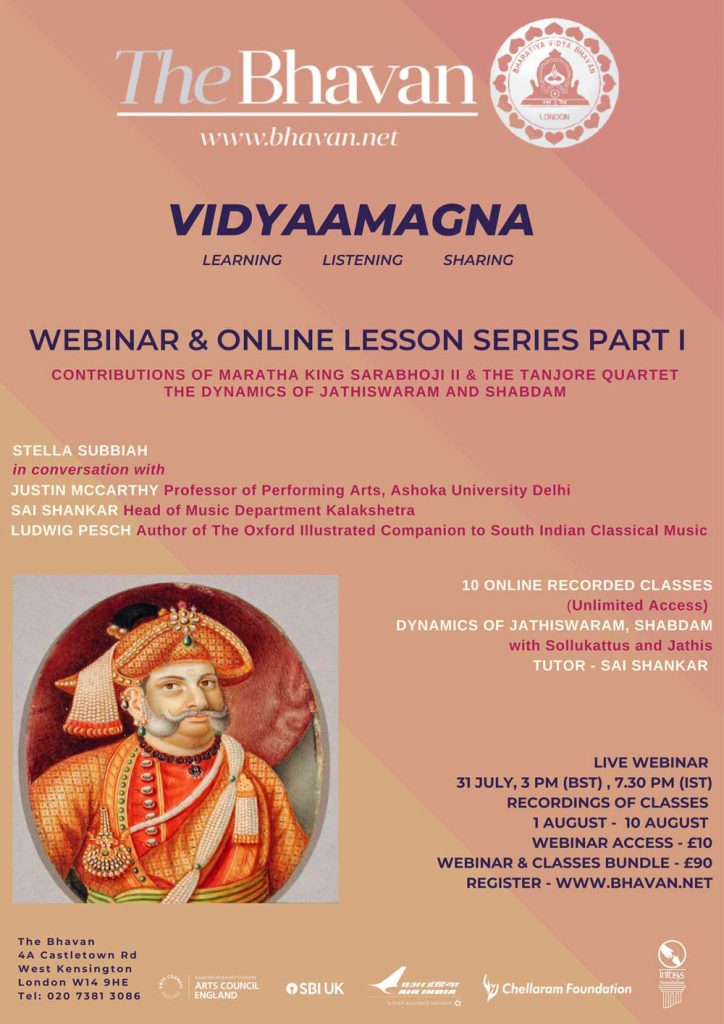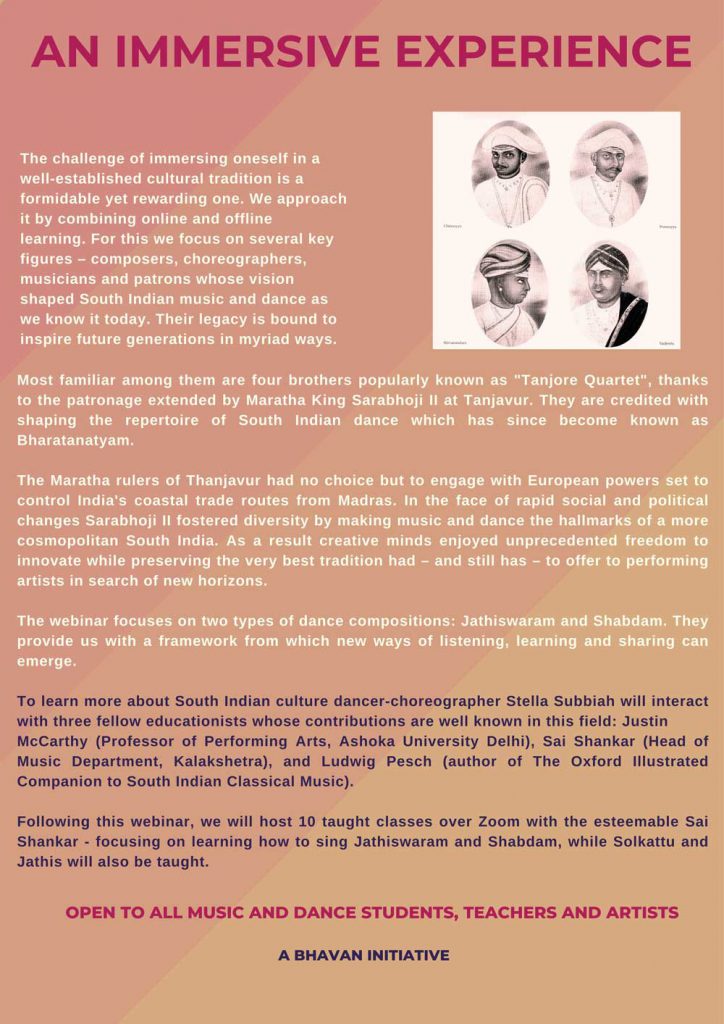WEBINAR – THE AESTHETICS OF VARNAM IN KARNATIC MUSIC
Sat, 30 July | 2 pm – 3.30 pm (BST) / 6.30pm (IST) | £10
STELLA SUBBIAH (Artist Development Lead, Bhavan London)
In conversation with
LUDWIG PESCH (Author of The Oxford Illustrated Companion to South Indian Classical Music)
VIGNESH ISHWAR (Musician)
Today, as in the remote past, India’s musicians and dancers share a vast and varied repertoire. Apart from facilitating oral transmission, the underlying vocabulary helps to convey feelings underpinned by aesthetic principles and values. So it hardly surprises that the best-loved lyrics are those endowed with scope for reflection and debate among listeners, critics, and the artists themselves.
Mystical Dance!—
Milton’s Paradise Lost (AD 1667), the description of angels dancing about the
—Mazes intricate,
Eccentric, intervolv’d, yet regular
Then most, when most irregular they seem.
sacred hill as quoted by William Hogarth and discussed in the Chapter titled “Variety”:
Oxford Illustrated Companion to South Indian Classical Music >>
For this webinar we focus on several key composers whose vision shaped South Indian music and dance as we know it today. We will consider the compositional form of Varnam or Varna, in Karnatic music which can be interpreted as not only colour, praise , or syllable but also as melodic movements. These melodic movements of Arohi, Avarohi, Sthayi, and Sanchari add to its structure and offer various musical possibilities for musical interpretations.
- Register at The Bhavan (London)
- A brief introduction to Carnatic music
- Publications, book chapters and articles by Ludwig Pesch
- Research
Free tala exercises to supplement this webinar
Adi tala = 8 beats (4+2+2 here simplified as 4+4)
trikala (3 speeds)
“ta ka dhi mi” = 4, “ta ka ju nu” = 4
1st speed: one beat (kriya) = 1 syllable (jati) = 8 matra per avarta
2nd speed: one beat (kriya) = 2 syllables (jati) = 16 matra per avarta
3rd speed: one beat (kriya) = 4 syllables (jati) = 32 matra per avarta
Ata tala = 14 beats (5+5+2+2, here simplified as 2+3+2+3+4)
“khanda jati ata tala”
trikala (3 speeds)
“ta ka ta ki ta” = 5, “ta ka dhi mi” = 4
Source: Tāla Anubhava: Experiencing South Indian Rhythm
Concept and audio © T.R. Sundaresan & Ludwig Pesch
Keeping tala e.g. for Rupaka tala (3 counts): 2 claps followed by a wave; Adi tala (8 counts): a clap for the first beat (samam), followed by 3 finger counts starting from the small finger marks the first half; and a clap followed by a wave (twice) mark the second half; Ata tala (14 counts) differs as 4 fingers are used including the forefinger (twice), rather than 3 fingers (once) in Adi tala.
Art © Arun V.C.
Tips
- Practice these gestures “silently” during a live recital or recording
- Apply your practice while watching a video:
– Basic hand gestures for Adi tala (8 beats) & Misra chapu tala (7 beats)
– Precision tala keeping for the following drum and konakkol solo
More excercises: Practice four widely used Carnatic talas >>
Previous webinar
- Listen to BBC podcast on Tanjavurs’s cultural legacy by Prof. Sunil Khilnani: Rajaraja Chola: Cults of the Imagination
- Read his book Chapter “Rajaraja Chola: Cosmos, Temple and Territory” in Incarnations: India in 50 Lives
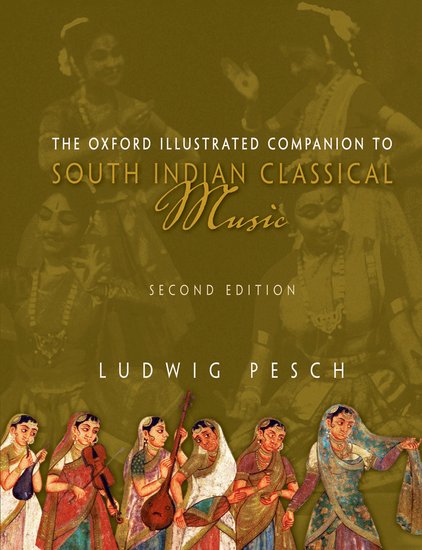
Find a copy of the Oxford Illustrated Companion to South Indian Classical Music
- on the publisher’s websites Oxford University Press India | OUP Academic (worldwide)
- in a library near you via WorldCat.org
- from an Indian distributor or online bookstore
Food for thought
What’s the difference between Hindustani and Carnatic music?
Bharatanatyam
Read the full article by Bharatanatyam music expert BM Sundaram: The Tanjavur Quartet: Margadarsis of Bharatanatyam (Sruti Magazine, courtesy dhvaniohio.org)
Historically, Bharatanatyam was mostly prevalent in Tamil Nadu, though traces of it were found in the 20th century in what are now Kerala, Karnataka and Andhra Pradesh. Today it is taught and practised throughout the globe. The term ‘Bharatanatyam’ has been in existence at least from the 15th century but we do not know the compositions the dancers performed in the early years of Bharatanatyam. […] The repertoire added during the time of Tulaja and Serfoji II owes its credit to four brothers of Tanjavur who belonged to a traditional natyacharya family. They were Chinnayya, Ponnayya, Sivanandam and Vadivelu, the ‘Tanjavur Quartet’ we know.
Tip: safe-search: Bharatanatyam Serfoji Tanjavur (modify the search terms for the present context) | More search tips >>

